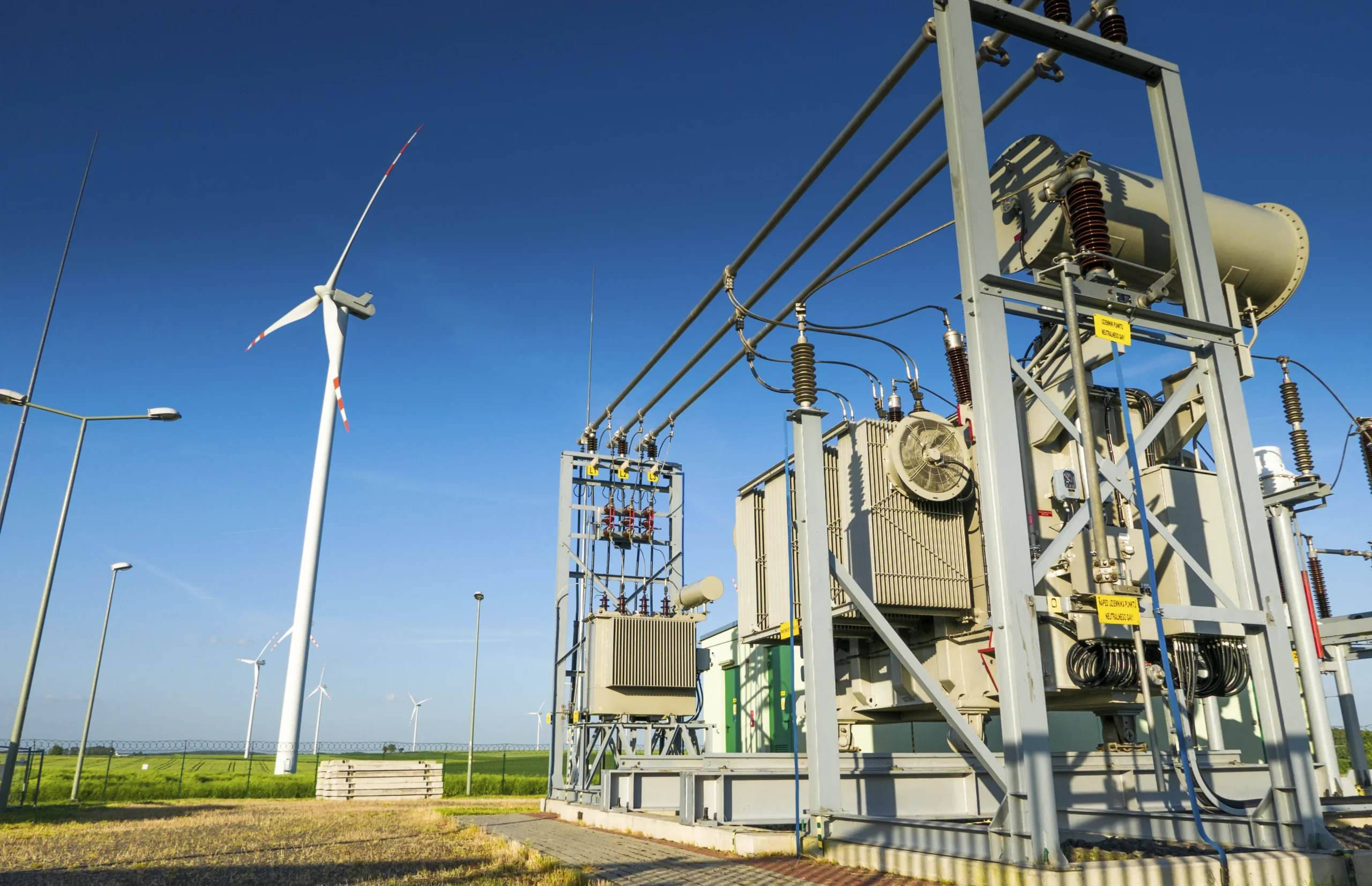Insights
Intelligent Monitoring for Substations: Addressing Visibility and Reliability in a Changing Grid
October 29, 2025Reducing Maintenance Costs and Improving Reliability in Remote Substations Using the IM500 Sensor
Australia’s energy sector is undergoing a significant transformation. As the grid evolves to accommodate a growing share of renewable generation, substation operators are under pressure to maintain reliability, reduce downtime and extend the life of ageing assets. These challenges are particularly acute in regional and remote areas, where substations are often isolated, exposed to harsh environmental conditions and difficult to access.
Many substations across the country were built decades ago, and while some have undergone upgrades, a large proportion still rely on legacy equipment. With global supply chain delays affecting the availability of replacement components, operators are increasingly tasked with keeping older assets operational for longer. This makes proactive maintenance and real-time visibility more important than ever.
Limitations of Manual Inspections
Manual inspections remain a common practice in Australian substations, with technicians routinely dispatched to perform visual checks, assess equipment condition and identify faults. These inspections are scheduled periodically, meaning faults that occur between visits can go undetected. In remote locations, the cost and time required to reach sites adds further complexity, often delaying response times and increasing operational risk.
This approach is reactive and resource-intensive. It relies on physical presence and fixed schedules rather than real-time data, leaving operators vulnerable to unexpected failures and costly outages.
Condition-Based Maintenance: A Smarter Strategy
Condition-based maintenance offers a more proactive and efficient alternative. By continuously monitoring asset health, operators can detect anomalies early, prioritise repairs and reduce unnecessary site visits. This strategy is particularly valuable for substations in regional areas, where access is limited and environmental stress is high.
The shift to condition-based maintenance is not just about cost savings; it’s about improving safety, extending asset life and supporting the broader transition to a more dynamic, decentralised energy grid.
The IM500 Sensor: Designed for Utility-Grade Environments
The IM500 Thermal and Visual Sensor from Systems With Intelligence (SWI) is purpose-built to support condition-based maintenance in utility-grade environments. It provides continuous, remote monitoring of critical substation assets, combining thermal imaging with visual analytics to deliver actionable insights.
The sensor detects overheating and thermal anomalies, transmitting data securely to a central dashboard. Operators can view snapshots, analyse trends and configure alerts that integrate with existing Supervisory Control and Data Acquisition (SCADA) and asset management platforms. This enables timely, informed responses without the need for physical inspections.
The IM500 is compact, easy to install and suitable for both fixed and mobile substations. It does not require trenching or cabling, making it ideal for remote deployments where infrastructure is limited.
Built for Australia’s Harsh Conditions
Substations in Australia are exposed to extreme heat, dust, electromagnetic interference and voltage surges. The IM500 is engineered to withstand these conditions, with an IP67 rating and immunity to electromagnetic interference, electrostatic discharge and electrical transients. Its robust design ensures reliable operation in even the most demanding environments.

Supporting Renewable Integration
As renewable energy becomes a larger part of Australia’s generation mix, substations must manage more variable and multi-directional power flows. This can place additional stress on transformers, switchgear and other critical components. The IM500 helps operators monitor these conditions in real time, providing the visibility needed to maintain stability and prevent equipment failure.
By detecting thermal stress and environmental anomalies, the sensor supports a more responsive and resilient grid—one that can adapt to the fluctuations inherent in solar and wind generation.
Enhanced Situational Awareness and Control
The IM500’s visual camera adds another layer of situational awareness, allowing operators to confirm conditions remotely. This is especially valuable for substations in regional areas, where physical access may be limited and environmental conditions can change rapidly.
The sensor’s onboard input and output capabilities support external sensors that monitor water levels, door closures and ambient temperature. These inputs can be configured to trigger alerts, helping operators maintain optimal asset performance and respond quickly to environmental changes.
The dashboard is intuitive and easy to use. It visualises thermal trends, displays regular snapshots and allows users to configure analytics and alarms. The system supports bi-directional data flow via cellular networks, with optional Power over Ethernet for sites with limited wireless coverage.
A Practical Solution for Australian Utilities
For Australian substation operators, the IM500 offers a practical and forward-thinking solution to the challenges of remote maintenance, ageing infrastructure and renewable integration. It reduces operational costs, improves asset reliability and supports smarter decision-making across the network.
If you’d like to see how the IM500 could support your operations, contact the CSE Uniserve team to learn more.
